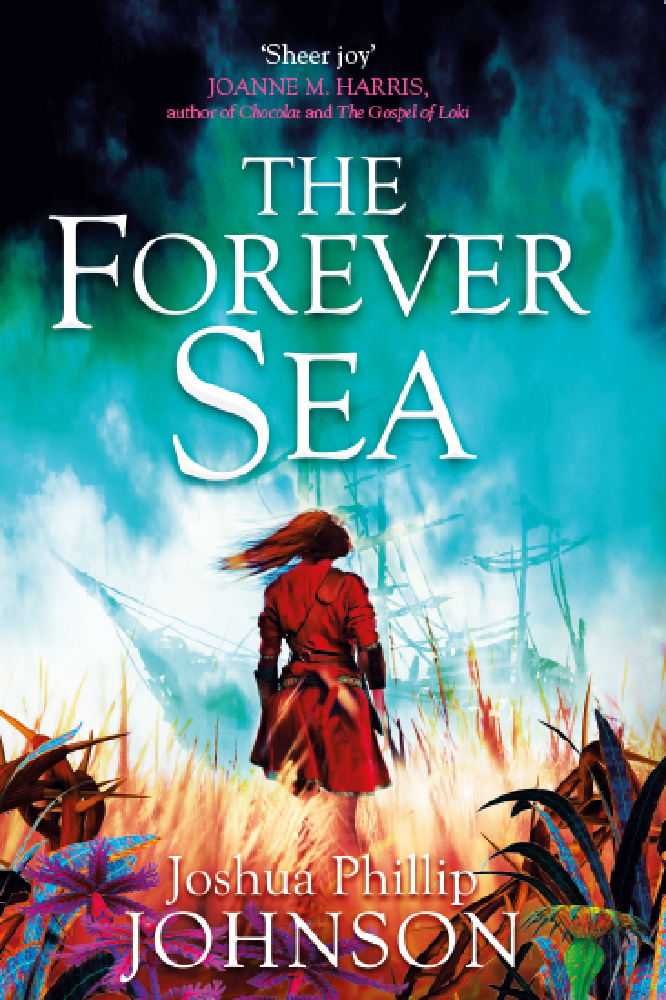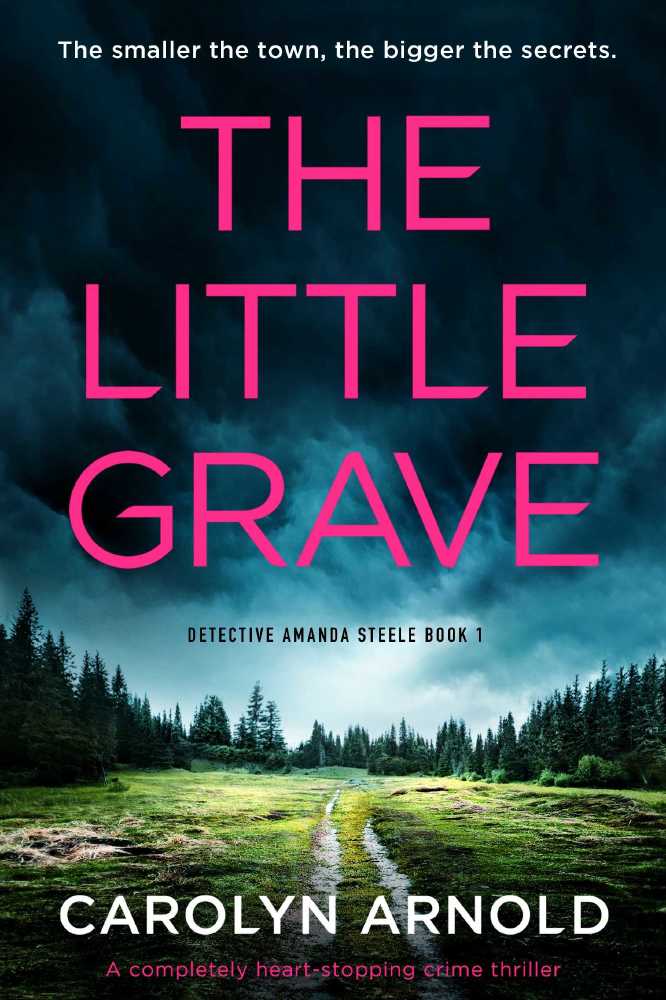Hello, Female First! Thanks for inviting me to write about eco-fiction.

The Forever Sea
I’m a catastrophizer. Awful possibilities outnumber good ones twenty to two in my every thought about what might happen. Having a child only exacerbated this, where every step could now be calamity and every bit of food a choking hazard.
Looking at the state of our climate today, too, is reason to catastrophize. Supposedly hundred-year storms seem to happen biannually, global temperatures continue to rise, and many policy makers continue to prioritize wealth and short-term gain over serious climate solutions.
We’re in a climate catastrophe, and it’s a fair question to ask what role fiction—if any—can play. In fact, a recent discussion hosted by the Hammer Museum, featuring noted writers Amitav Ghosh, Elizabeth Kolbert, and Scott Z. Burns, had this question at its heart. In a world crisis like this one, what good is a good story?
Stories seem to me to be fundamentally hopeful things. We root for characters to do the difficult or the hard or the seemingly impossible. We watch their falls and anticipate their lifts. Not all stories are this way, of course, but it seems that the heart of so many stories is hope—hope for change or growth or recovery or reunion. Hope for something better.
There have already been studies showing how much more willing people are to act when they feel a sense of hope and possibility versus a sense of fear and doom. We already have plenty of climate doom scenarios offered to us, both from scientists who warn of the consequences of unchecked warming and fiction writers who can imagine nothing more than dystopia and apocalypse. We need warning stories—certainly.
But we also need hopeful ones, stories that tell us what we’re fighting for instead of just what we’re fighting against. We need stories of protagonists seeing the natural world as a space of beauty, of characters understanding the complex systems of their world and working successfully to bring them back into balance, of settings that invoke wonder and mystery and joy.
These are the ideas that kept me company while writing The Forever Sea. I found in that book a protagonist who struggles with exactly the same questions I do: what would a healthy relationship with our environment look like? What does it mean to find beauty in the seemingly mundane? How do we value and appreciate land without turning it into a resource to be exploited? Kindred, the main character, asks what kinds of stories she has been told about the world around her, and in doing so, she hopes for better ones.
This kind of hope isn’t the naïve, silly thing it can sometimes seem to be. Stories of hope, especially against the backdrop of today and especially stories of hope for the environment, are profound acts. They won’t be the only thing to save us, of course, but they’re a necessary part of what it will take.
I’m still a catastrophizer. I still spend too much of my time thinking about all that could go wrong. But as a writer, an environmentalist, a parent, and a person, I’m trying my best to spend time thinking about what could go right, too.
RELATED: 10 Things I'd like my readers to know about me by Carolyn Arnold, author of The Little Grave
Writing was never a hobby to me. When I started writing novels, I never viewed it as a hobby—even before I had earned a cent. I took it seriously and with a view to publishing for public consumption... to read more click HERE


